Special Report
The Most Significant Events That Occurred on the Ides of March
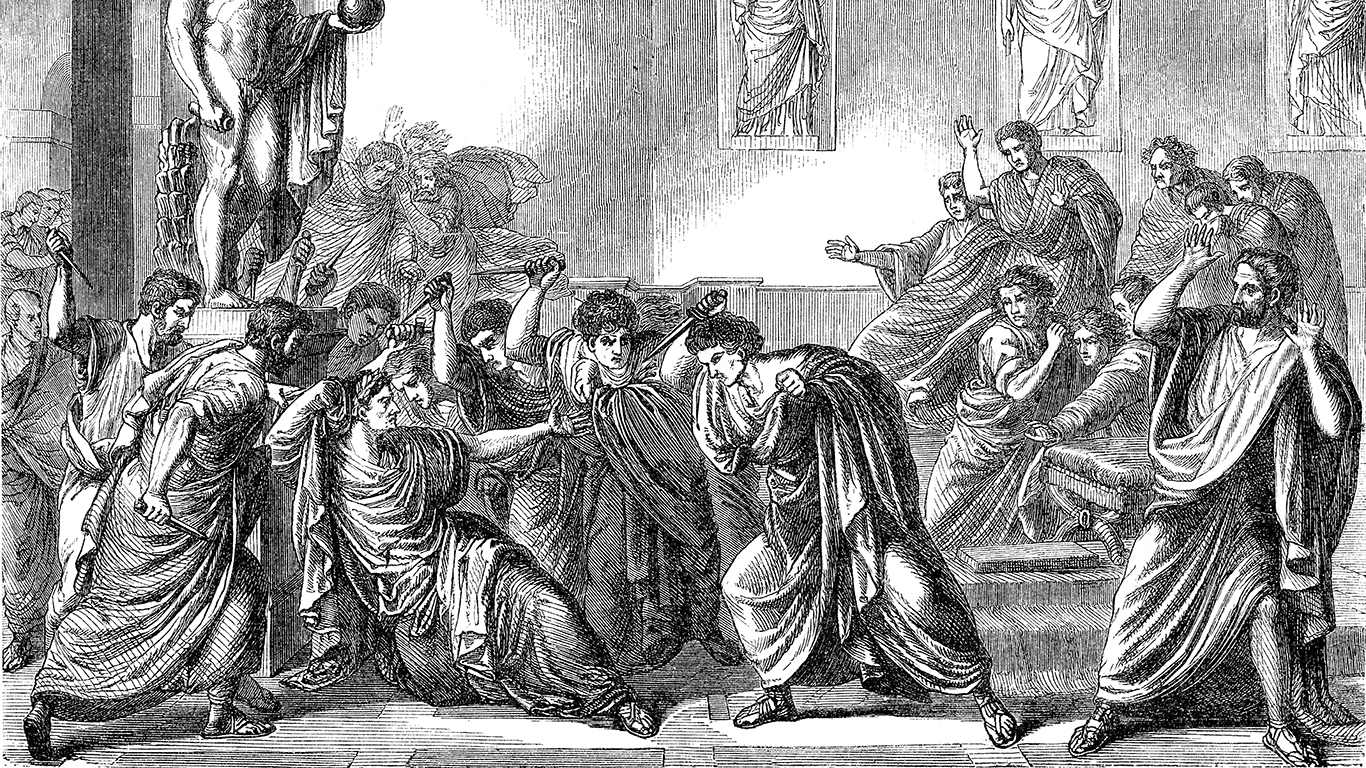
Published:
Last Updated:

“Beware the ides of March” — these famous words are spoken twice in Shakespeare’s play “Julius Caesar,” warning the titular character of his assassination. The event, which took place on March 15, 44 B.C., has become known as an unlucky date for more than just Caesar.
Perhaps fueled by Shakespeare, this ominous warning has become a bad omen for the day. In ancient times, ides referred to the first full moon of the month, which usually fell between the 13th and 15th. As a religious holiday, the Ides of March even signified the new year, because it was celebrated on the Feast of Anna Perenna, a goddess of the year.
Though several bad events have occured on the date, some positive ones also have happened. So, is March 15 really unlucky or is it merely a self-fulfilling prophecy?
To compile a list of significant historic events that occurred on the same the as the infamous Ides of March, 24/7 Wall St. reviewed scores of historical articles and online encyclopedias.
Click here to ready about the most significant events that occurred on the Ides of March.

1493: Columbus returns to Spain
Christopher Columbus returned to Spain after his first voyage to the New World. King Ferdinand and Queen Isabella helped finance his trip, where he had spent five months exploring the Caribbean. Columbus kidnapped up to 25 Native Americans to bring back to Spain, though only eight survived. He also took with him gold and native birds and plants. Believing that he had sailed to Asia, upon his arrival in Spain, Columbus wrote a letter to the king and queen about his discoveries and observations, noting that the natives “might become Christians and inclined to love our King and Queen and Princes and all the people of Spain.”
[in-text-ad]
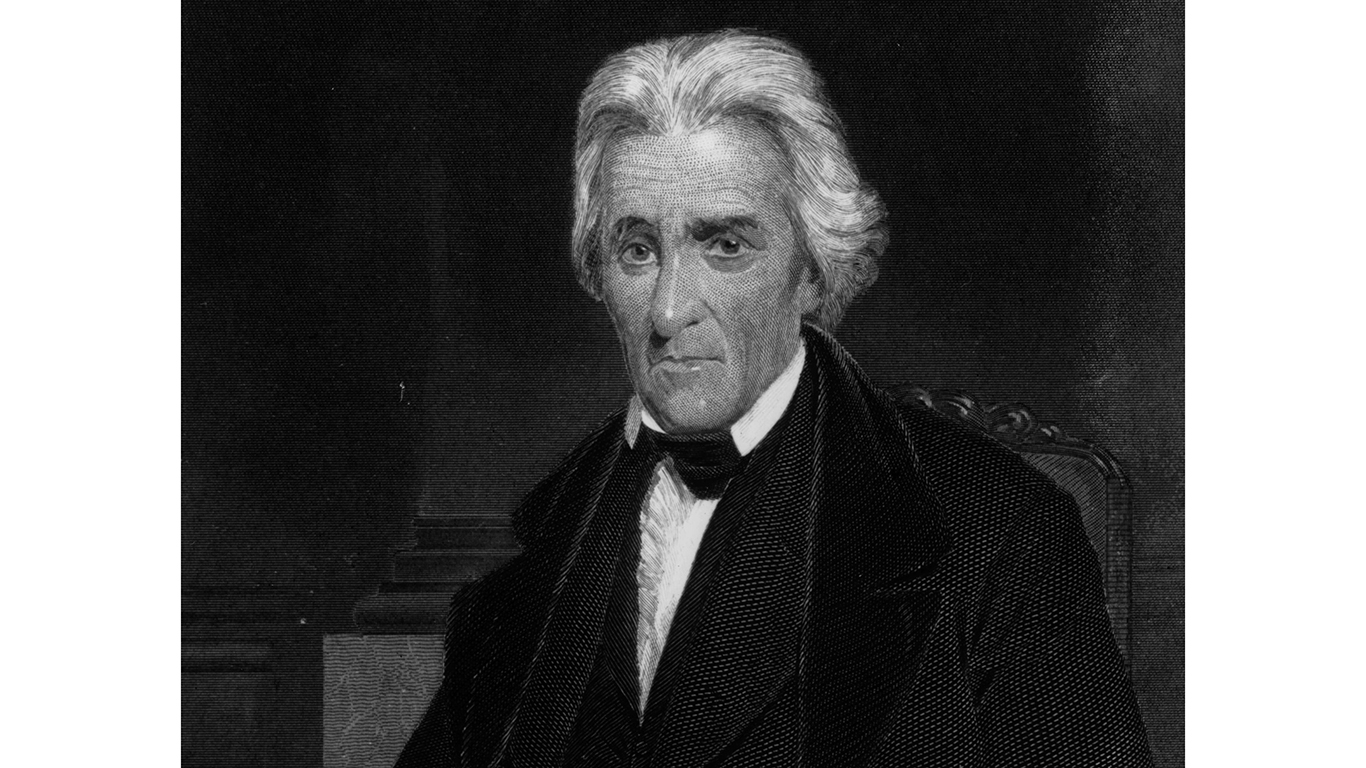
1767: Andrew Jackson is born
Andrew Jackson, the seventh U.S. president, was born in the Waxhaws region between North and South Carolina to Irish immigrants. The exact location of his birth is debated, with both states claiming Jackson as their native son. Jackson, however, said he was from South Carolina.

1781: A turning point in the American Revolutionary War
The Battle of Guilford Courthouse took place in North Carolina during the American Revolutionary War. British General Charles Cornwallis’ 1,900 soldiers defeated an American force of 4,500. This battle, however, proved key to the American victory in the war because the British suffered significant troop losses and changed tactics, leading to their surrendering to General George Washington in Virginia.

1820: Maine is part of the Union
Main entered the Union as the 23rd state as part of the Missouri Compromise. A province of Massachusetts since 1647, Maine was allowed to enter as a free state. In exchange, southern senators were allowed to have Missouri enter as a slave state.
[in-text-ad-2]

1875: The first American cardinal of the Catholic Church is appointed
Pope Pius IX appointed John McCloskey as the first American cardinal of the Roman Catholic Church. Born in Brooklyn, New York, McCloskey was the first president of St. John’s College, which later became Fordham University. Before being named the first American cardinal, he was appointed archbishop of New York in 1864.
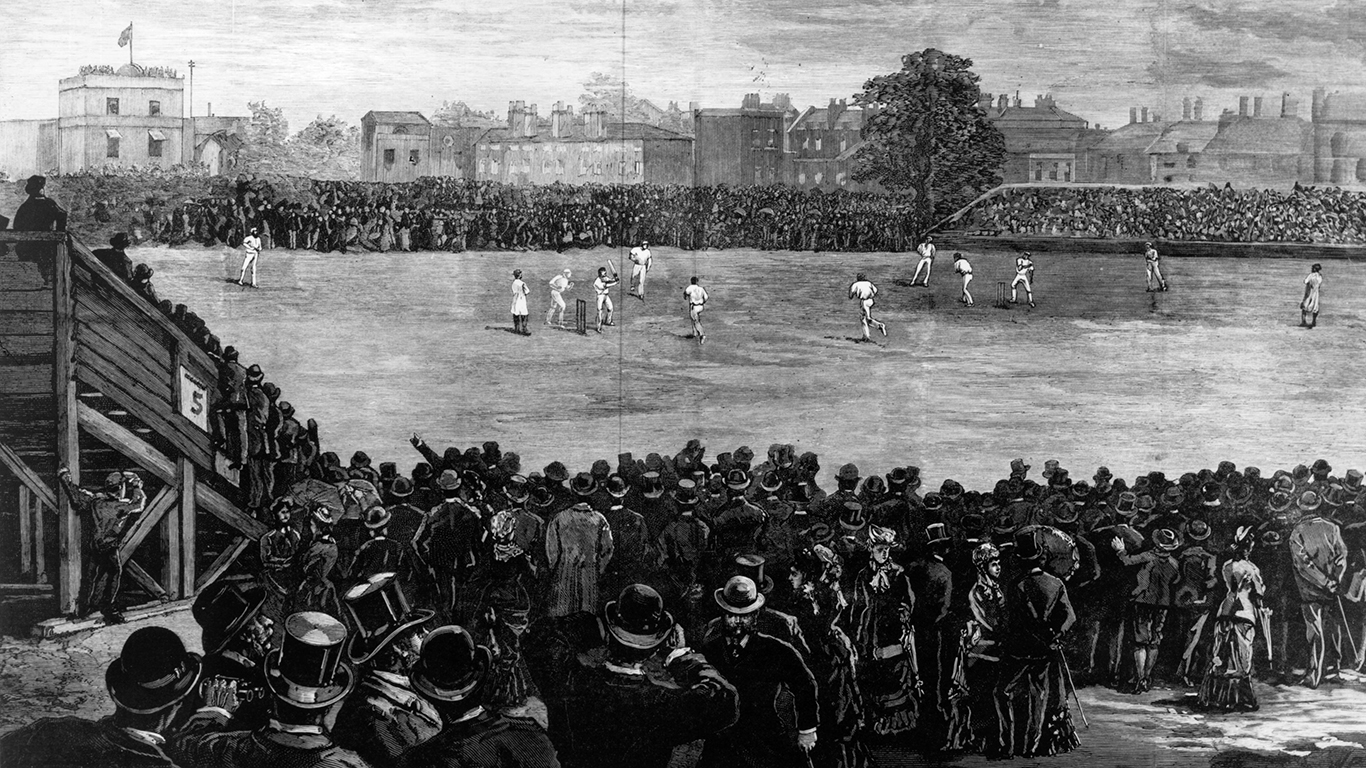
1877: The first official cricket test match takes place
The first ever official cricket test match was played. Australia beat England by 45 runs at the Melbourne Cricket Ground in front of 12,000 people. Test cricket is the highest or best level of cricket, and today cricket is the second-most popular sport in the world after soccer with over 2.5 billion fans around the world.
[in-text-ad]
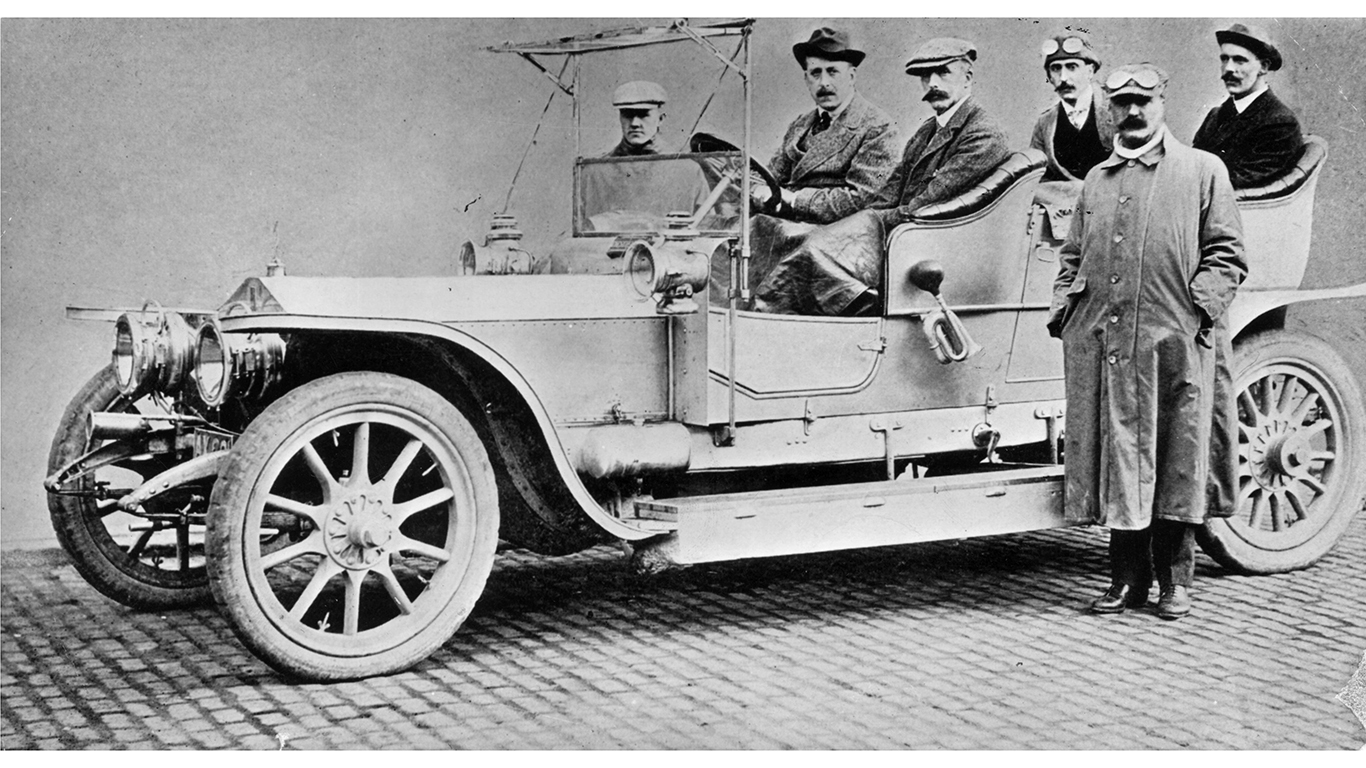
1906: Rolls-Royce is founded
The origins of Rolls-Royce started in 1884, when Henry Royce formed an electrical and mechanical business. Royce didn’t build his first car until 1904, and that same year he also met Charles Rolls, whose company sold quality cars in London. Two years later, in March 1906, they formed Rolls-Royce and launched the six-cylinder Silver Ghost. The vehicle was soon called “the best car in the world.”
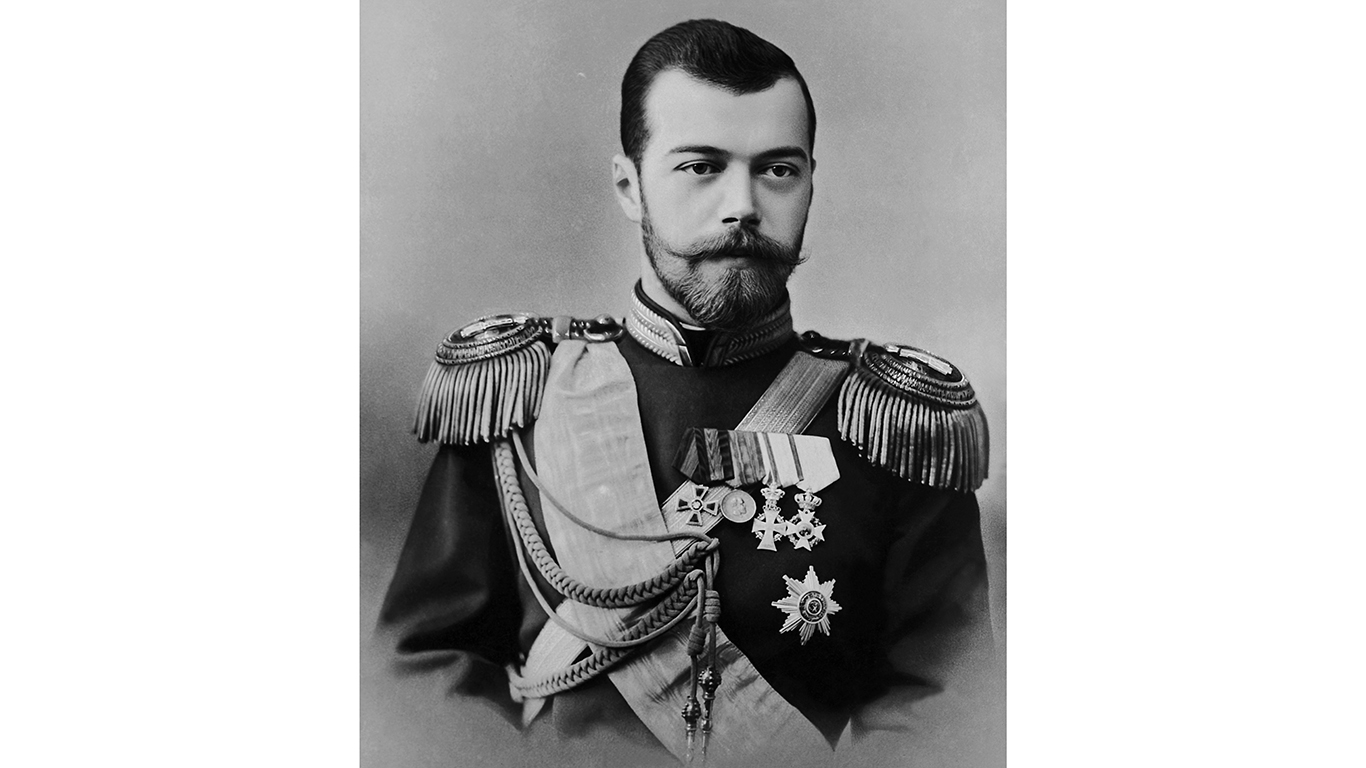
1917: Russia’s last emperor is forced to abdicate
Czar Nicholas II, ruler of Russia since 1894,was forced to abdicate, bringing an end to to the Romanov dynasty, which had ruled the country for more than three centuries. When the army garrison at Petrograd (now St. Petersburg) joined striking workers, Nicholas II had to give up his crown. His authority had been threatened for most of his rule, but a second Russian Revolution in 1917 threatened the safety of his family. The Czar, his family, and several servants were first held at different locations under house arrest following his abdication and later killed by Bolshevik revolutionaries led by Vladimir Lenin in July 1918.
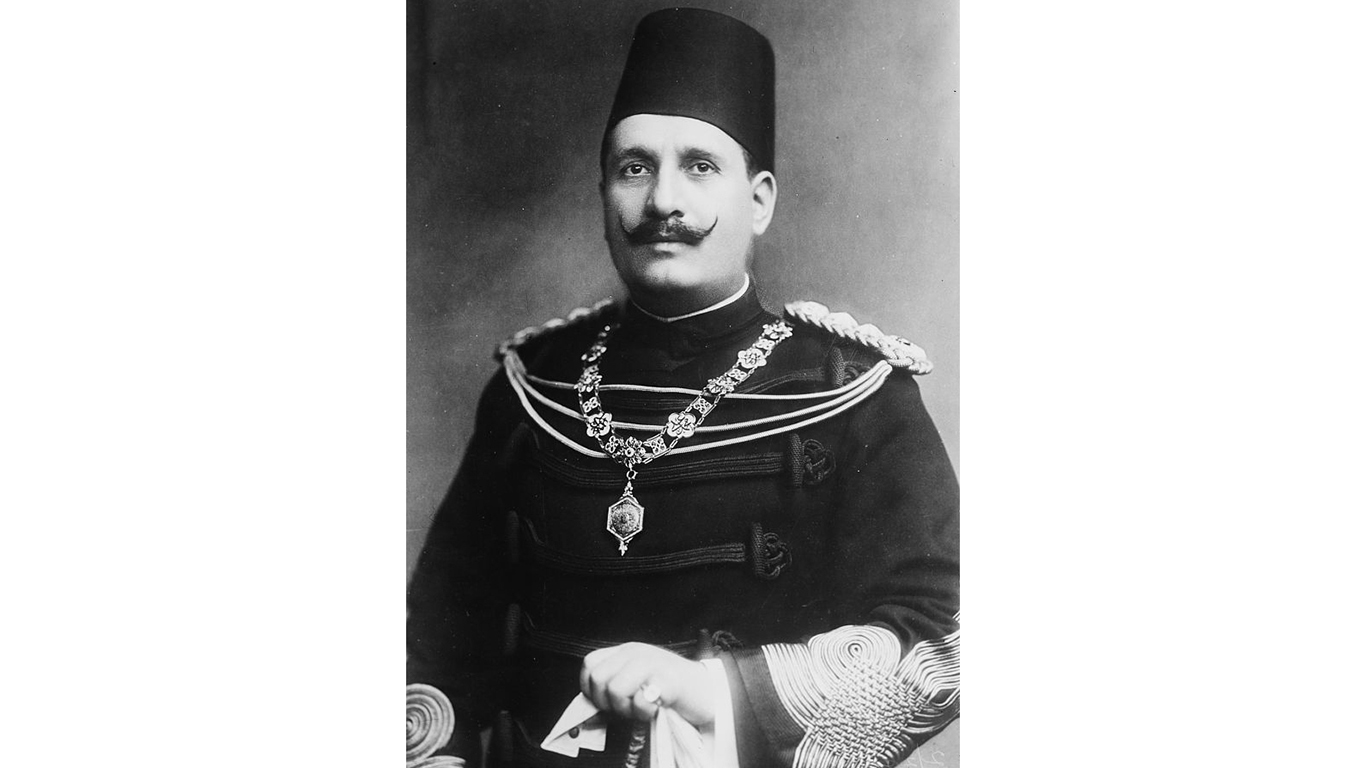
1922: Egypt gets its first king
After Great Britain recognized Egypt’s independence, Fuad I became the first king of Egypt in March 1922. Fuad I, who was educated in Europe, succeeded his brother Hussein as sultan in 1917. When Egypt gained nominal independence in 1922, he took the title of king. The Anglo-Egyptian Treaty, which officially ended 54 years of British occupation in Egypt, was signed in 1937, the year after his death.
[in-text-ad-2]

1939: Nazi Germany invades Czechoslovakia
Germany invaded Prague, then part of Czechoslovakia, despite the the Munich Pact which was signed as an attempt to contain the expansion of Germany The agreement handed the Sudentenland part of Czechoslovakia, where 3 million ethnic Germans lived, to Germany. It also gave the majority of Czechoslovakia’s coal, iron, steel, and electrical power to the Nazis. Despite appeasing Hitler by dissolving the Communist Party and suspending all Jewish teachers in ethnic-German majority schools, Czechoslovakia remained under threat of invasion. And he did invade the country after threatening a bombing raid against Prague unless he received free passage for German troops into Czech borders.
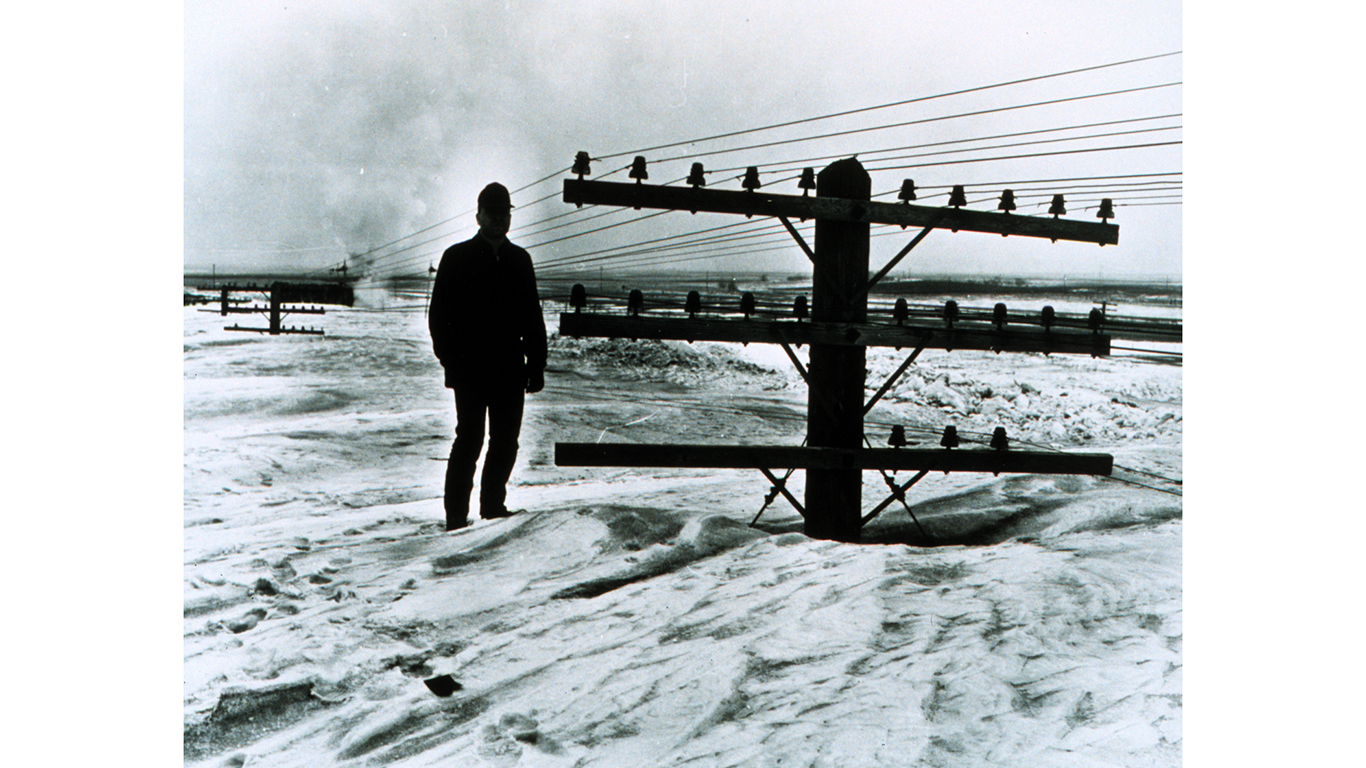
1941: A blizzard kills more than 150 people
A deadly and powerful blizzard hit North Dakota and northern Minnesota with little warning, killing 151 people. Temperatures reportedly dropped 20 degrees in less than 15 minutes, with sustained winds of 50 mph. Most of the deaths were of people caught in the snow while travelling in cars. Weather forecasting and reporting made important advances following the storm to prevent a similar tragedy.
[in-text-ad]

1951: Iran’s oil industry is nationalized
On March 15, 1951, upon the recommendation of a committee headed by Prime Minister Mohammed Mosaddeq, the nationalization of Iran’s oil industry received parliamentary approval. This angered Britain, the main benefactor of Iranian oil concessions through Anglo-Iranian Oil Company — which later changed its name to British Petroleum. In the years after, Britain and the United States continued to intervene in local politics and demand a share of Iranian oil, much to the chagrin of the local population. These events were a precursor to the Iranian Revolution of 1979.
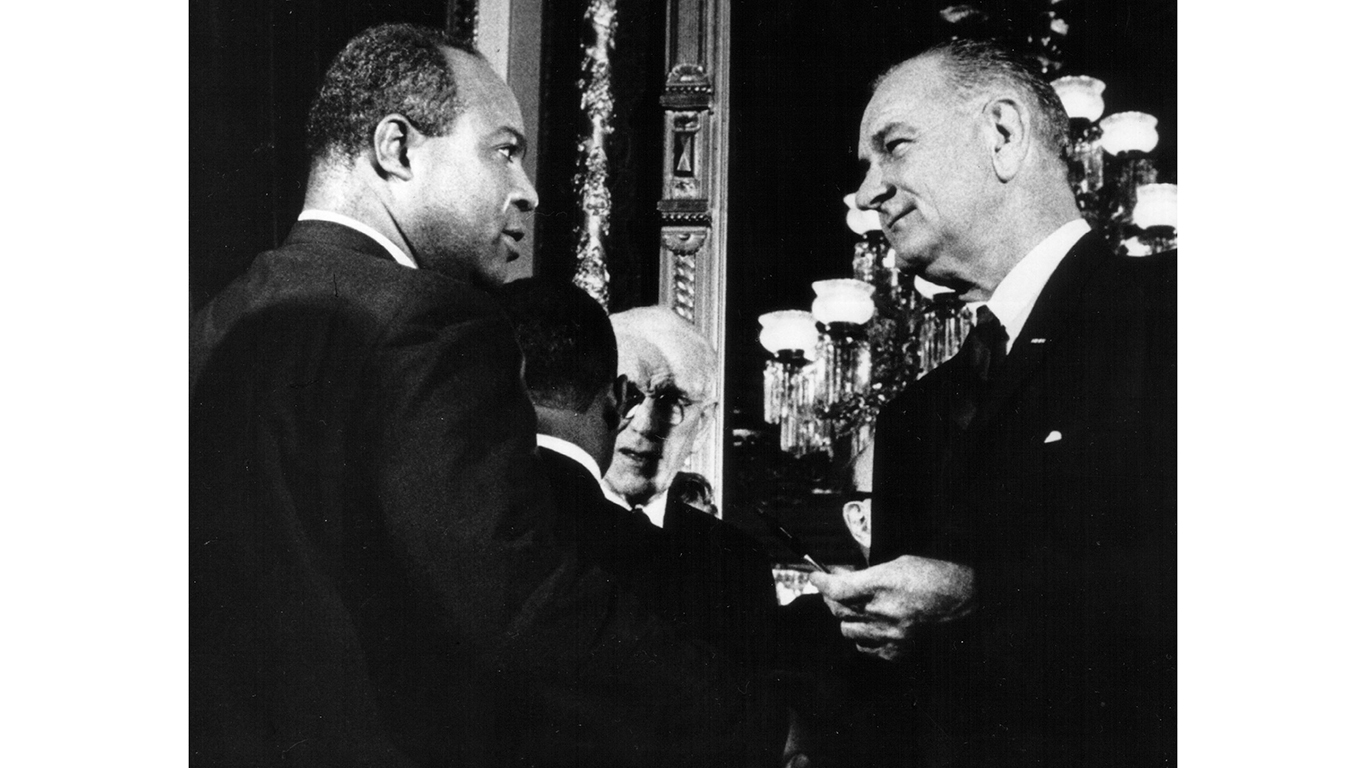
1965: LBJ calls for equal voting rights
President Lyndon Johnson called for equal voting rights legislation in a speech to a joint session of Congress. Despite the 15th amendment, which gave all citizens the right to vote regardless of race following the Civil War, the Voting Rights Act was needed to fight barriers states had put up to defy the constitution. The act made it illegal to put racial-based restrictions on voting. Delivering his speech eight days after the Selma to Montgomery march, Johnson said: “Their cause must be our cause too […].Because it is not just Negroes, but really it is all of us, who must overcome the crippling legacy of bigotry and injustice. And we shall overcome.” On August 6, 1965, Johnson signed the Voting Rights Act into law.

1972: “The Godfather” premiers
Francis Ford Coppola’s “The Godfather” opened in theaters, bringing to the big screen an Italian-American crime family, the Corleones, led by Vito Corleone, played by Marlon Brando. Also featuring Al Pacino, James Caan, Robert Duvall, and Diane Keaton, the film would go on to box office, award, and critical success. Its sequel, “The Godfather: Part II,” also won several Oscars, and the original is still considered one of the best films of all time.
[in-text-ad-2]
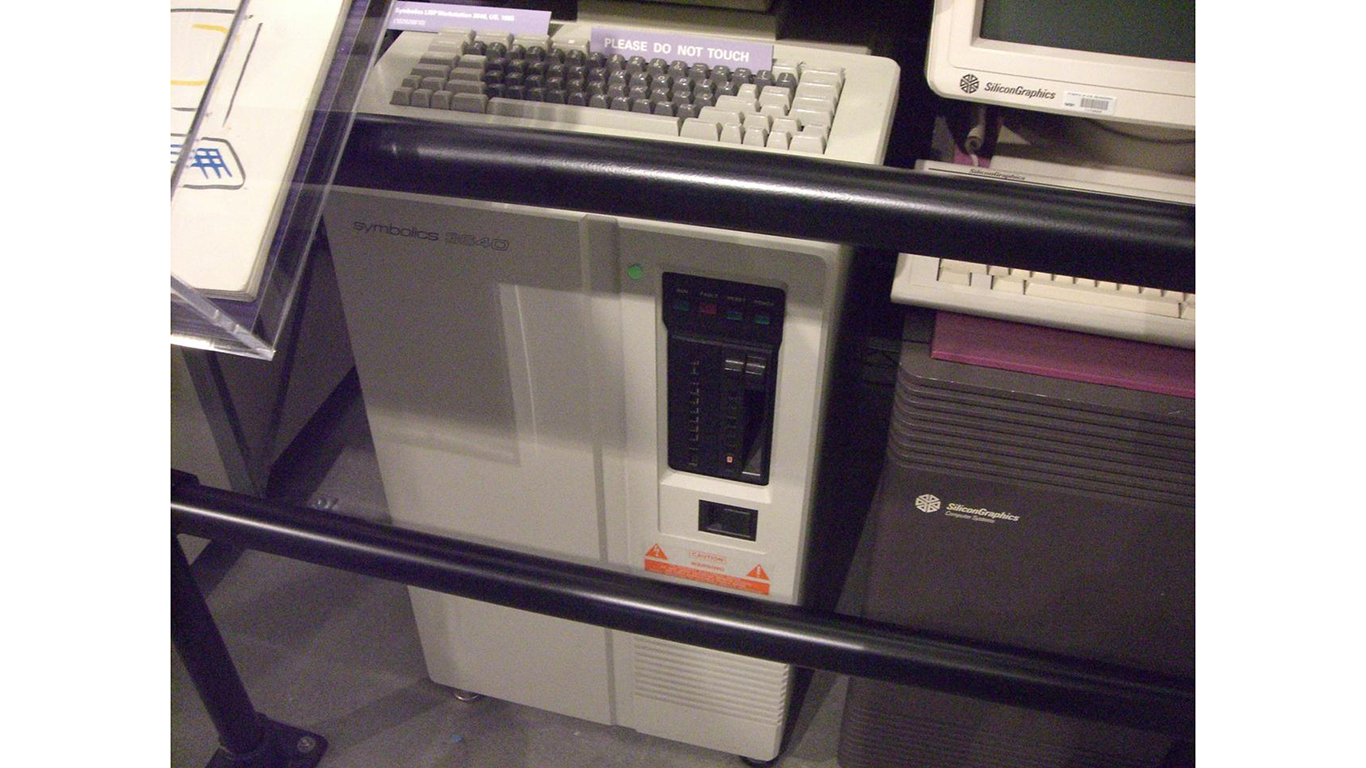
1985: The first domain name is registered
The first domain name, Symbolics.com, was registered online. It was home to Symbolics Computer Corporation, a computer manufacturer that no longer exists. The company sold the domain in 2009 to XF.com. Currently, Symbolics.com remains a shrine to the oldest domain and home to “The Big Internet Museum.”

1986: A disaster in Singapore
Considered one of the worst disasters in post-war Singapore, as 33 people died in the Hotel New World collapse. Seventeen people were pulled from the rebel during a four-day rescue involving more than 500 firefighters. Lack of training of the first responders, however, hampered rescue operations. A commission found that inadequate structural design of the building was the main cause of the collapse. As a result, building industry oversight was strengthen in the country, along with improvements in response to disaster situations.
[in-text-ad]

1991: White police officers charged with beating a black man
On March 3 March 1991, a black man named Rodney King was pulled over by California Highway Patrol officers for speeding on an L.A. freeway. King, who later said he tried to outrun the police because he was drinking and it would violate his parole for a robbery conviction, was cornered by police. A witness filmed four white officers beating King and turned the tape over to a local TV station. Media attention and outrage followed, and the four police officers were charged on March 15. A year later they were found not guilty of nearly all charges by a jury. Anger over the verdict led to a six-day riot in Los Angeles, causing 63 deaths and $1 billion in damages.
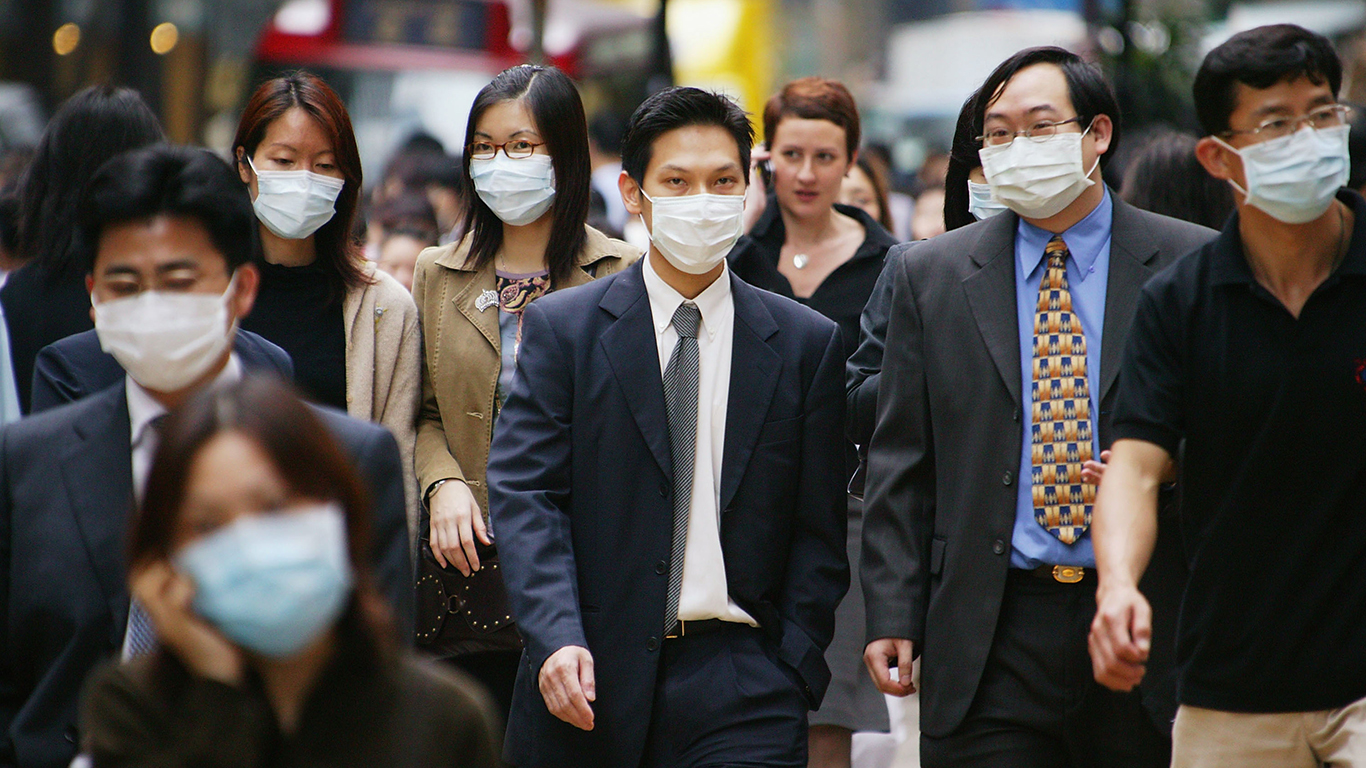
2003: CDC warns against an unusual and deadly type of pneumonia
The Centers for Disease Control and Prevention issued the first health alert for an atypical pneumonia that was named severe acute respiratory syndrome (SARS). At the same time, the CDC issued interim guidelines for state and local health departments on the disease and a health alert notice for travelers to the United States from Hong Kong. SARS was first discovered in Asia a few months prior. The outbreak lasted about six months, spreading to more than two dozen countries in North America, South America, Europe, and Asia before being contained. A total of 8,098 people worldwide became sick and 774 of them died, according to the World Health Organization (WHO).
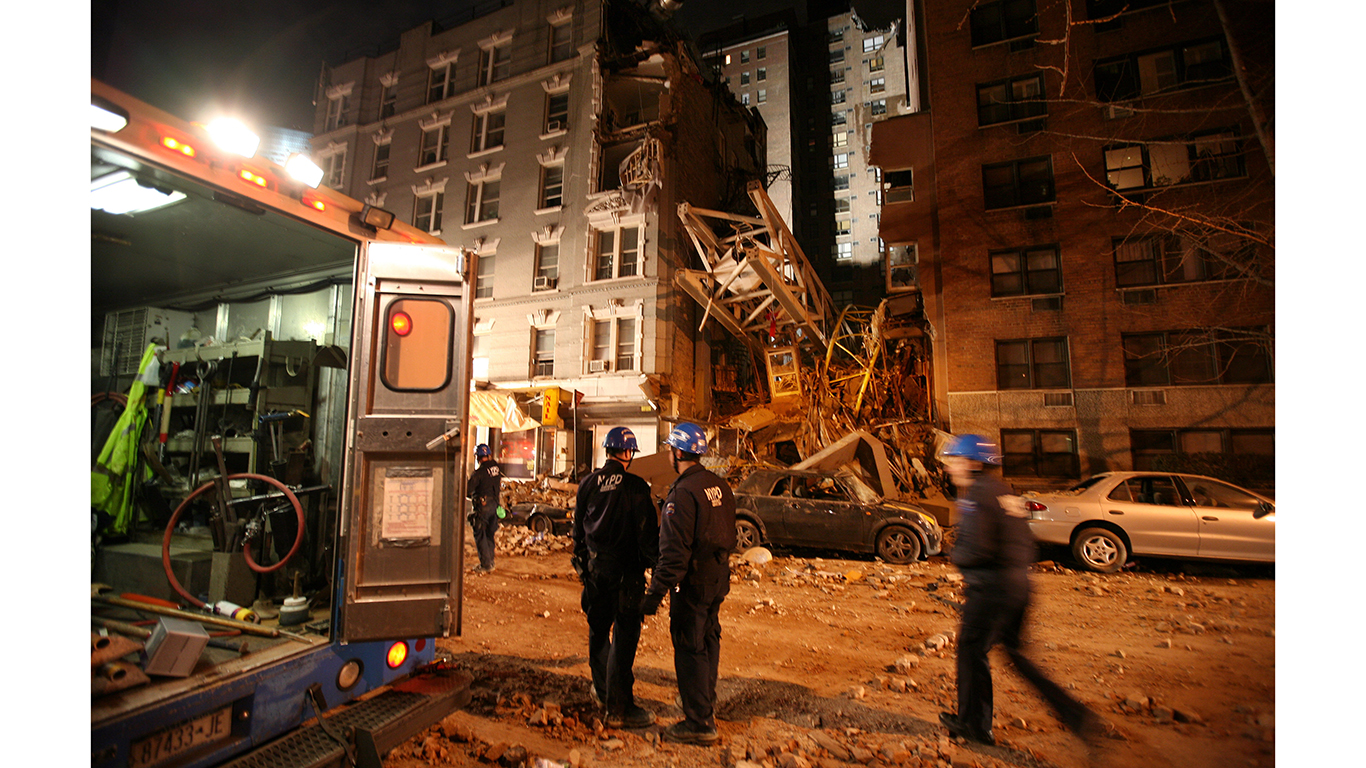
2008: A 300-foot crane collapses in New York City
The collapse a 300-foot crane above a high-rise construction site in Midtown Manhattan killed six workers and a tourist from Florida. Nearly 25 more people were injured and a brownstone was destroyed. It was one of the deadliest crane collapse in New York City history. Although the rigging contractor and his company were acquitted of manslaughter charges, the accident and another deadly one in May of that same year led to the resignation of the NYC Buildings Commissioner and to new safety measures for crane projects.
[in-text-ad-2]
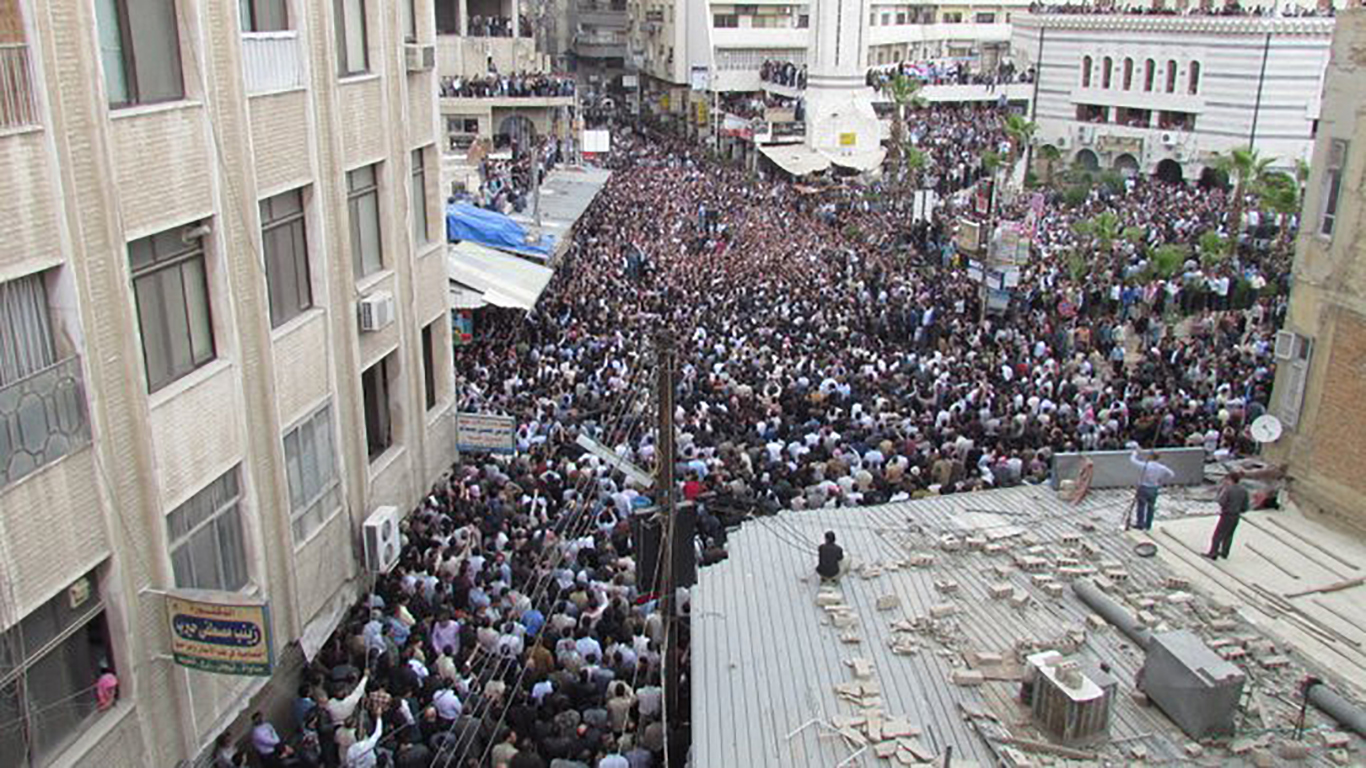
2011: A protest in Syria erupts, eventually leading to the Civil War
Leading up to the civil war in Syria, in 2011, protesters marched on the capital of Damascus calling for democratic reforms and the release of political prisoners. Just days later, more protests erupted, including in the city of Daraa, after the arrests of teenagers for painting anti-government graffiti on the walls of a school. Security forces opened fire on demonstrators, killing several. By July, hundreds of thousands were taking to the streets demanding President Bashar al-Assad’s resignation. Opposition supporters eventually took up arms, and today a civil war is still ongoing. In the first five years of the war, it is estimated that 400,000 Syrians were killed, and as of November 2018, more than 5.6 million have fled the country.
The last few years made people forget how much banks and CD’s can pay. Meanwhile, interest rates have spiked and many can afford to pay you much more, but most are keeping yields low and hoping you won’t notice.
But there is good news. To win qualified customers, some accounts are paying almost 10x the national average! That’s an incredible way to keep your money safe and earn more at the same time. Our top pick for high yield savings accounts includes other benefits as well. You can earn up to 3.80% with a Checking & Savings Account today Sign up and get up to $300 with direct deposit. No account fees. FDIC Insured.
Click here to see how much more you could be earning on your savings today. It takes just a few minutes to open an account to make your money work for you.
Thank you for reading! Have some feedback for us?
Contact the 24/7 Wall St. editorial team.